Blog
Understanding Stakeholders: Key to Project Success

Introduction
Stakeholders are the lifeblood of any project, playing a pivotal role in its success or failure. These individuals or groups, ranging from clients and sponsors to team members and the community, hold a vested interest in the project’s outcome. In this article, we’ll delve into the multifaceted world of stakeholders in project management. We’ll explore the importance of stakeholder engagement, the art of stakeholder analysis and mapping, effective communication strategies, managing stakeholder expectations, and the impact of stakeholder involvement on project outcomes. We’ll also discuss tools and software that can facilitate stakeholder management and ways to overcome the challenges it presents.
The Stakeholder Landscape
Defining Stakeholders
Stakeholders are individuals or entities vested in a project’s success. They can be categorised into various groups, including:
- Clients: These individuals or organisations that initiated the project and are the primary beneficiaries of its results. Their satisfaction is often the project’s ultimate goal.
- Sponsors: Sponsors provide the necessary resources, such as funding and support, to ensure the project’s completion. Their role is crucial in project initiation and execution.
- Community: Depending on the project’s nature, it may impact the local community or the wider society. Engaging with the community is essential for projects with potential social consequences.
The Importance of Stakeholder Engagement
Stakeholder engagement ensures all parties align with the project’s goals and expectations. A valuable tool for assessing and managing stakeholder engagement is the “stakeholder engagement assessment matrix.”
The Stakeholder Engagement Assessment Matrix
The stakeholder engagement assessment matrix is a visual tool used to categorise stakeholders based on their level of influence and interest in the project. It helps project managers prioritise and tailor their engagement efforts.
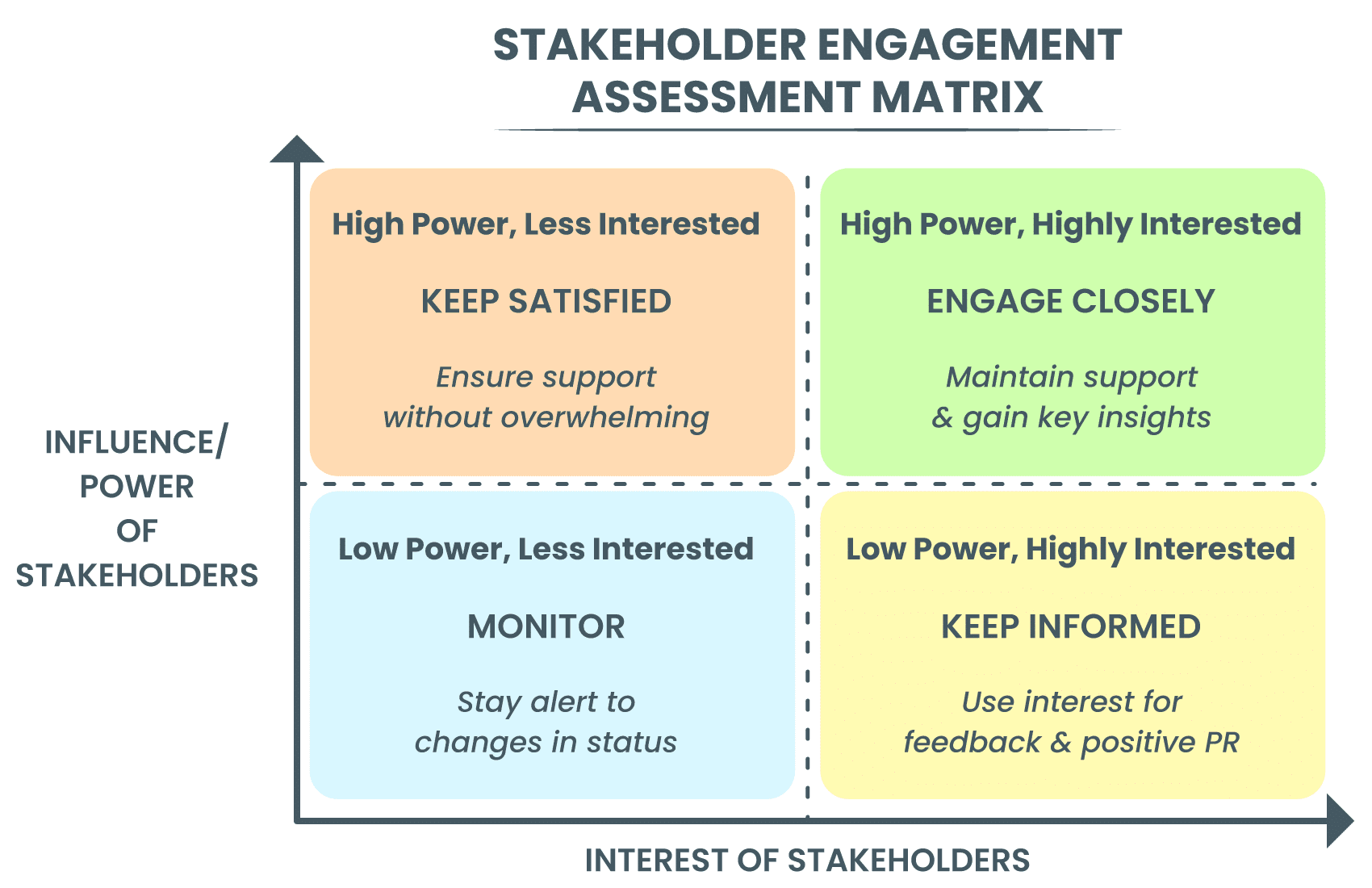
The matrix typically has four quadrants:
- High Influence, High Interest: These stakeholders are key players in the project and require active engagement to maintain their support and mitigate risks.
- High Influence, Low Interest: While they have significant influence, their interest may be low. Engaging with them strategically can help prevent potential obstacles.
- Low Influence, High Interest: These stakeholders may not hold much sway, but their high interest should not be overlooked. Their support can still be valuable.
- Low Influence, Low Interest: This group requires minimal attention regarding engagement efforts, but monitoring them is essential to ensure they don’t become detractors.
Stakeholder Analysis and Mapping
Identifying Stakeholders
Before you can engage stakeholders effectively, you need to identify them. Stakeholder analysis is the process of systematically identifying all individuals or groups that can influence or be influenced by the project. This analysis helps in recognizing potential risks and opportunities associated with each stakeholder.
Stakeholder Mapping
Once stakeholders are identified, the next step is stakeholder mapping. This process involves plotting stakeholders on a grid based on their level of influence and interest, similar to the stakeholder engagement assessment matrix. Mapping allows project managers to visualise the stakeholder landscape and tailor their engagement strategies accordingly.
Strategies for Effective Communication with Stakeholders
Clear and efficient communication is the cornerstone of successful stakeholder management. Here are some strategies to ensure effective communication with stakeholders:
1) Tailor Your Message
Different stakeholders have varying levels of expertise and interest in project details. Tailor your communication to suit their needs. For example, sponsors may require high-level summaries, while team members may need in-depth technical information.
2) Establish Regular Feedback Loops
Feedback is essential for maintaining stakeholder satisfaction. Create mechanisms for stakeholders to provide input and concerns. Regular check-ins, surveys, and open forums can help in this regard.

3) Use Multiple Channels
Diversify your communication channels to reach a broader audience. Consider using email updates, project websites, social media, and in-person meetings to ensure your message reaches all stakeholders.

4) Be Transparent
Honesty and transparency build trust. Share both successes and challenges with stakeholders. If issues arise, communicate them early, along with potential solutions.

5) Convert Resistant/Neutral Stakeholders:
Identify resistant or neutral stakeholders and implement strategies to convert them into being engaged and supportive:
- Engagement Workshops: Conduct workshops to address concerns, provide insights into the project’s benefits, and encourage active participation.
- Individual Meetings: Schedule one-on-one meetings to understand their perspectives, address specific issues, and tailor communication to align with their concerns.
- Highlight Benefits: Emphasise the positive impact of the project on their interests or objectives, showcasing how their involvement can contribute to favourable outcomes.
- Demonstrate Value: Provide tangible evidence of project successes or milestones to demonstrate the value of their support and involvement.
By incorporating strategies to convert resistant or neutral stakeholders into engaged and supportive contributors, you can enhance overall stakeholder engagement and positively influence project outcomes.
Managing Stakeholder Expectations
Managing stakeholder expectations is a delicate balancing act. Here’s how to do it effectively:
- Define Clear Objectives: Establish well-defined project objectives from the outset. Ensure that stakeholders clearly understand what the project aims to achieve.
- Set Realistic Milestones: Break the project into manageable milestones and communicate the expected timelines realistically.
- Regular Check-Ins: Conduct regular meetings with stakeholders to review progress and address concerns promptly.
- Risk Communication: Be proactive in communicating potential risks and mitigation strategies. Discuss contingencies and ensure stakeholders are prepared for any unexpected challenges.
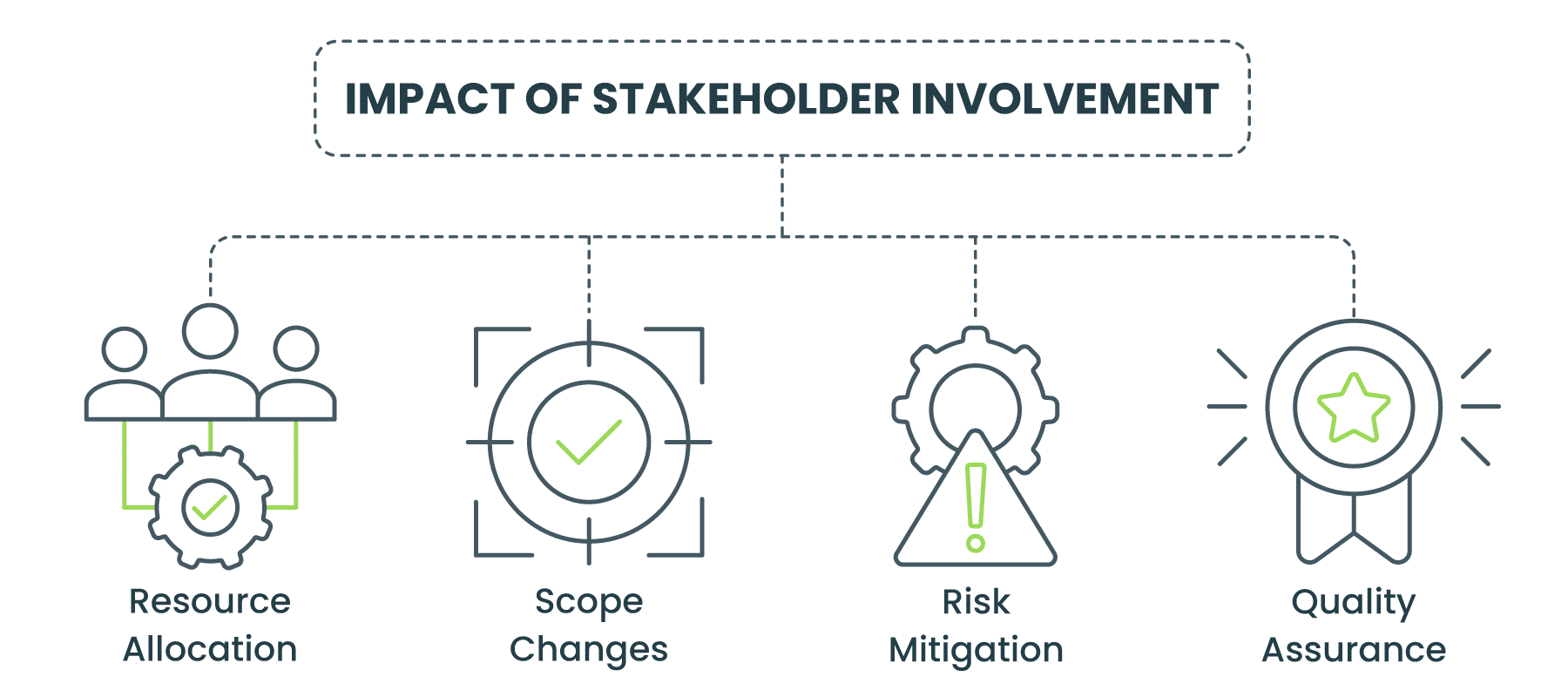
The Impact of Stakeholder Involvement
Stakeholders are not passive observers; their involvement can significantly affect the project’s outcome. Here’s how:
- Resource Allocation: Sponsors and clients can influence resource allocation, affecting project timelines and quality.
- Scope Changes: Stakeholders may request scope changes or additions during the project. Managing these effectively is crucial to avoid scope creep.
- Risk Mitigation: Engaged stakeholders can help identify and mitigate risks early, reducing the likelihood of project disruptions.
- Quality Assurance: Stakeholders are often vested in the project’s quality. Their input can improve the final deliverables.
Overcoming Challenges in Stakeholder Management
Stakeholder management is not without its challenges. Here are some common issues and strategies to overcome them:
- Conflicting Interests: Stakeholders may have conflicting interests. Address these conflicts openly and find common ground.
- Resistance to Change: Some stakeholders may resist project changes. Communication and education can help them understand the necessity of these changes.
- Limited Resources: Managing stakeholders requires time and resources. Allocate resources judiciously to maintain effective engagement.
- Scope Creep: Be vigilant against scope creep and have a robust change management process to handle it.
- Inadequate Communication: Poor communication can lead to misunderstandings and disputes. Invest in clear and consistent communication strategies.
Tools and Software for Stakeholder Management
In the digital age, project managers can access many tools and software to streamline stakeholder management. Some popular options include:
1) Customer Relationship Management (CRM) Systems
CRMs are versatile tools that help project managers track and manage stakeholder interactions, preferences, and histories. They enable personalised communication and enhance stakeholder engagement.

2) Project Management Software
Many project management tools offer built-in stakeholder management features. These tools facilitate collaboration, task assignment, and progress tracking, which is crucial for effective stakeholder engagement.

3) Social Media and Collaboration Platforms
Social media platforms and collaboration tools like Slack and Microsoft Teams can be used to create stakeholder groups for real-time communication and updates.

4) Survey and Feedback Tools
Tools like SurveyMonkey and Google Forms make collecting feedback and opinions from stakeholders easy, helping project managers make informed decisions.
Conclusion
In project management, stakeholders are the compass guiding your journey to success. Understanding their roles, engaging with them effectively, analysing their influence, and managing their expectations can distinguish between a project that thrives and one that flounders. Embrace the tools and strategies available to streamline stakeholder management and navigate the challenges with finesse. With a well-managed stakeholder landscape, your projects will not only meet expectations but may even exceed them, leading to greater overall success. So, remember, in the intricate dance of project management, stakeholders are your most important partners; treat them as such, and your projects will flourish.


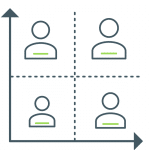






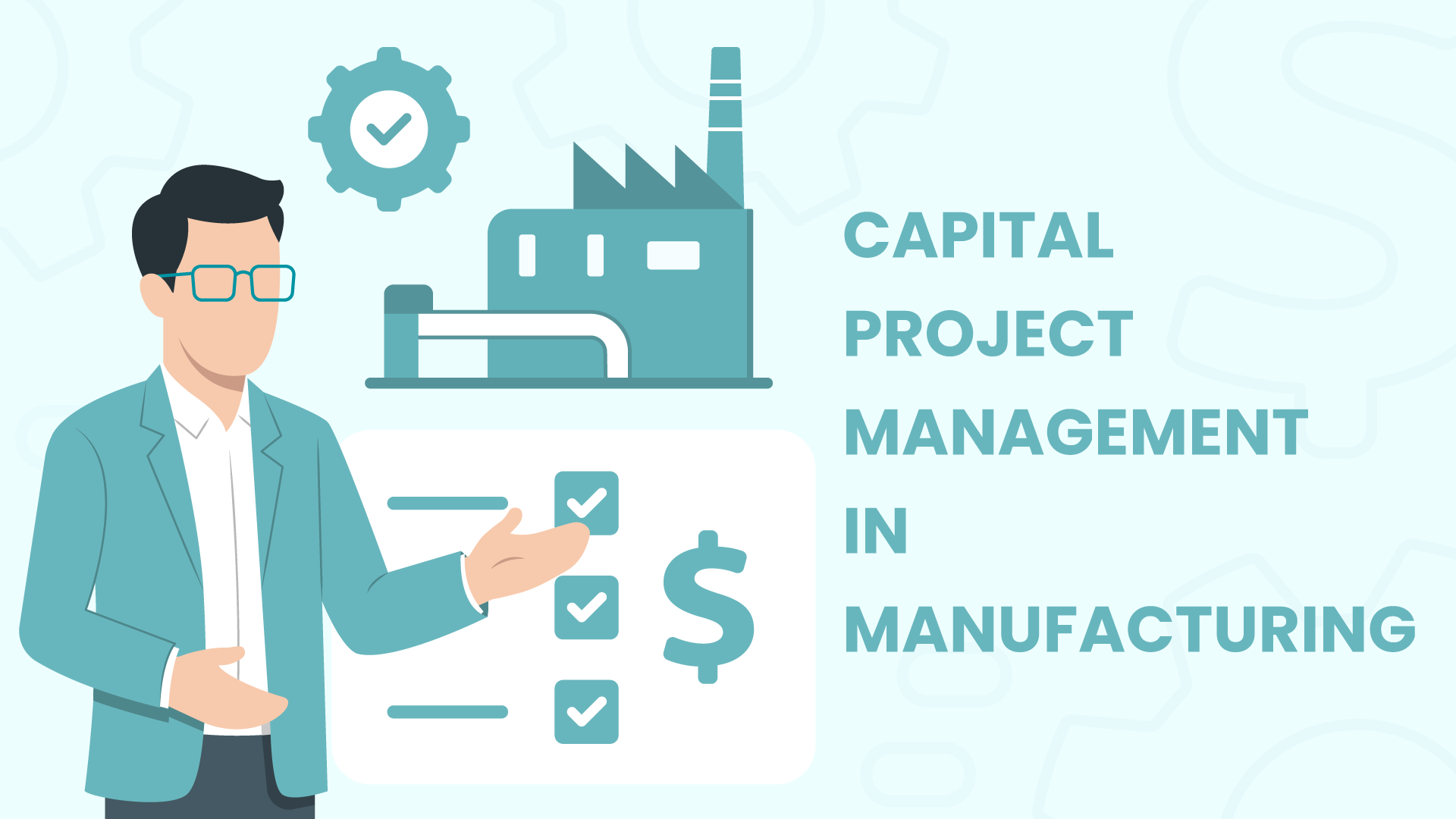



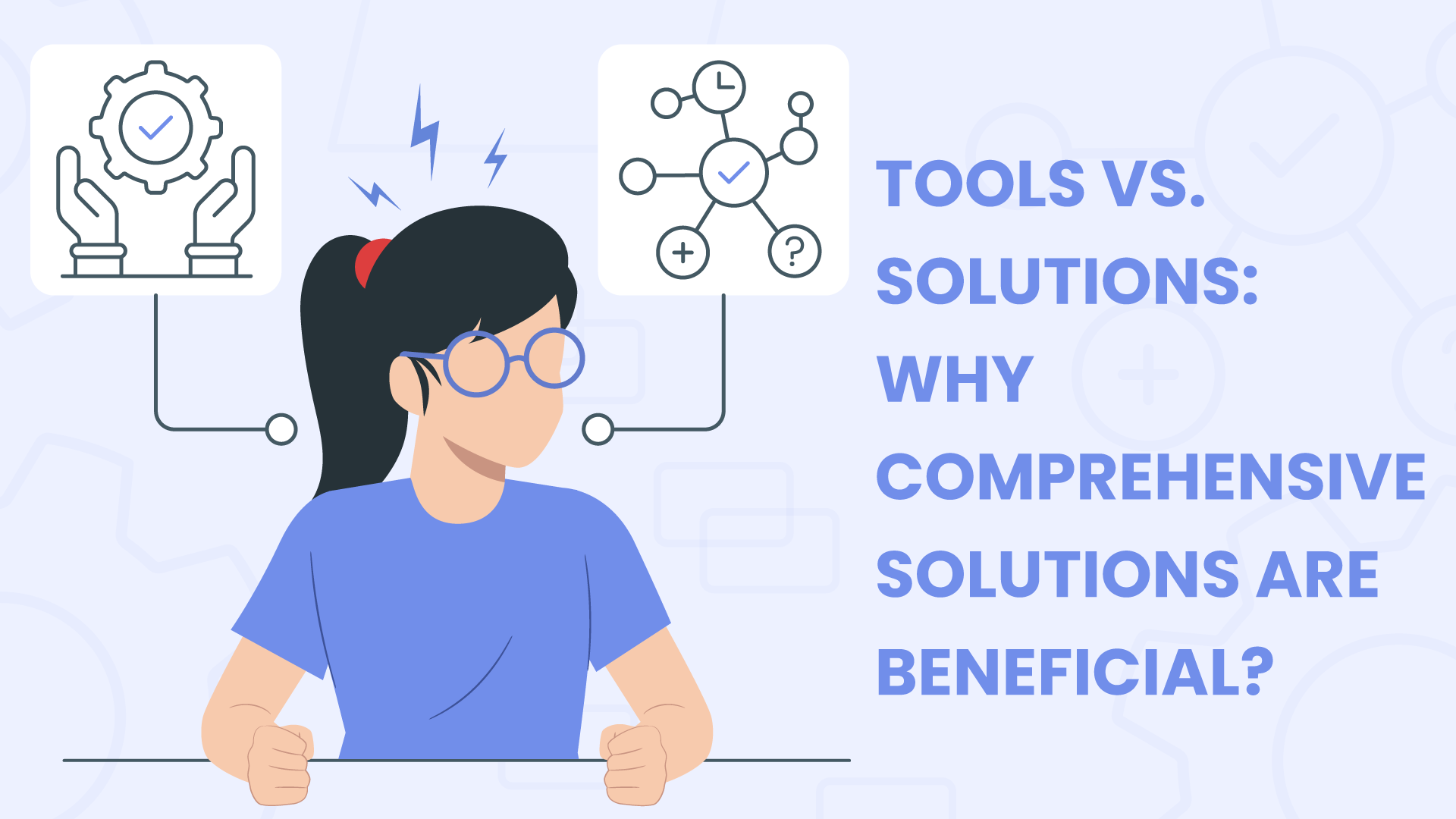




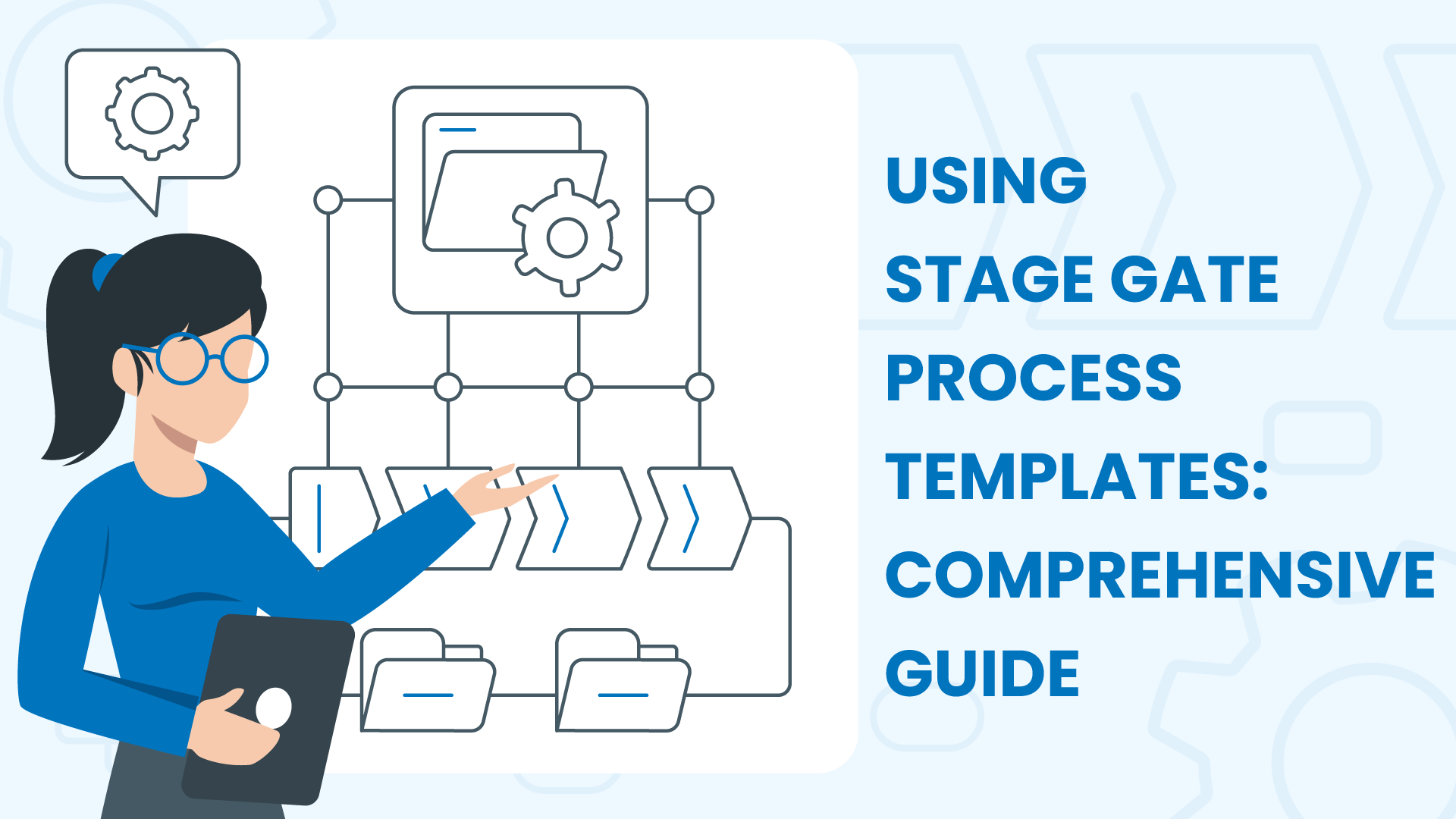




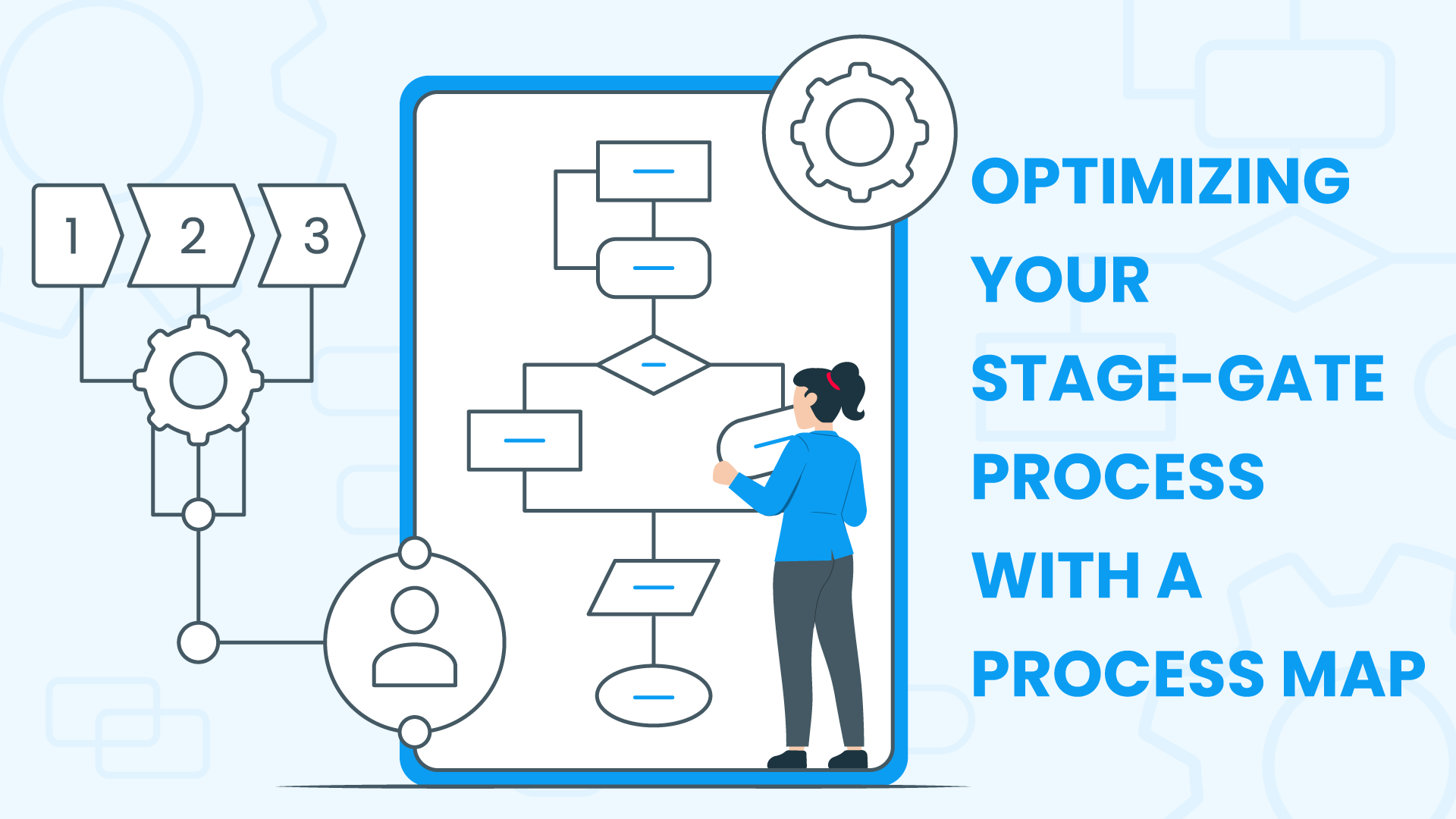




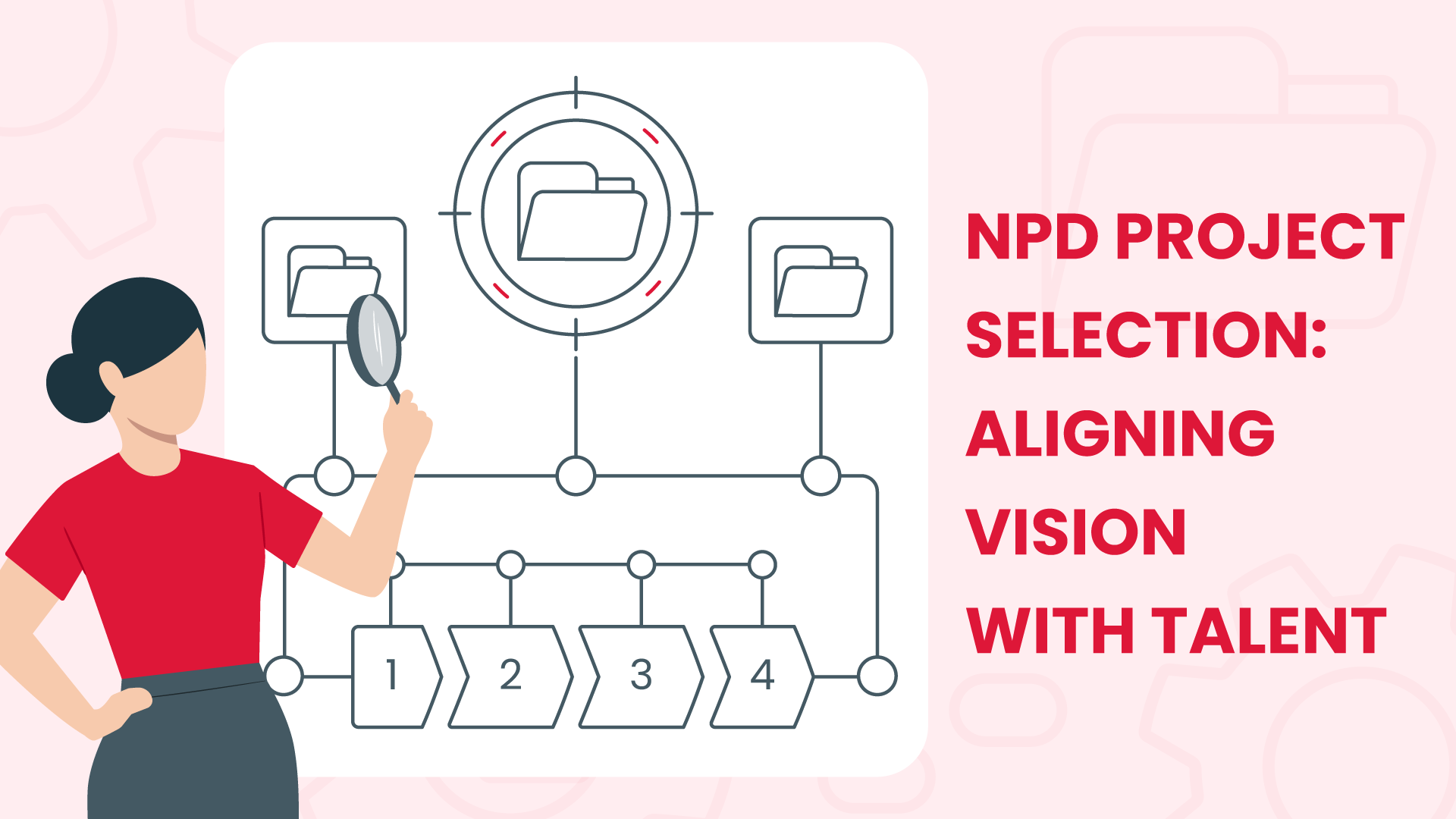




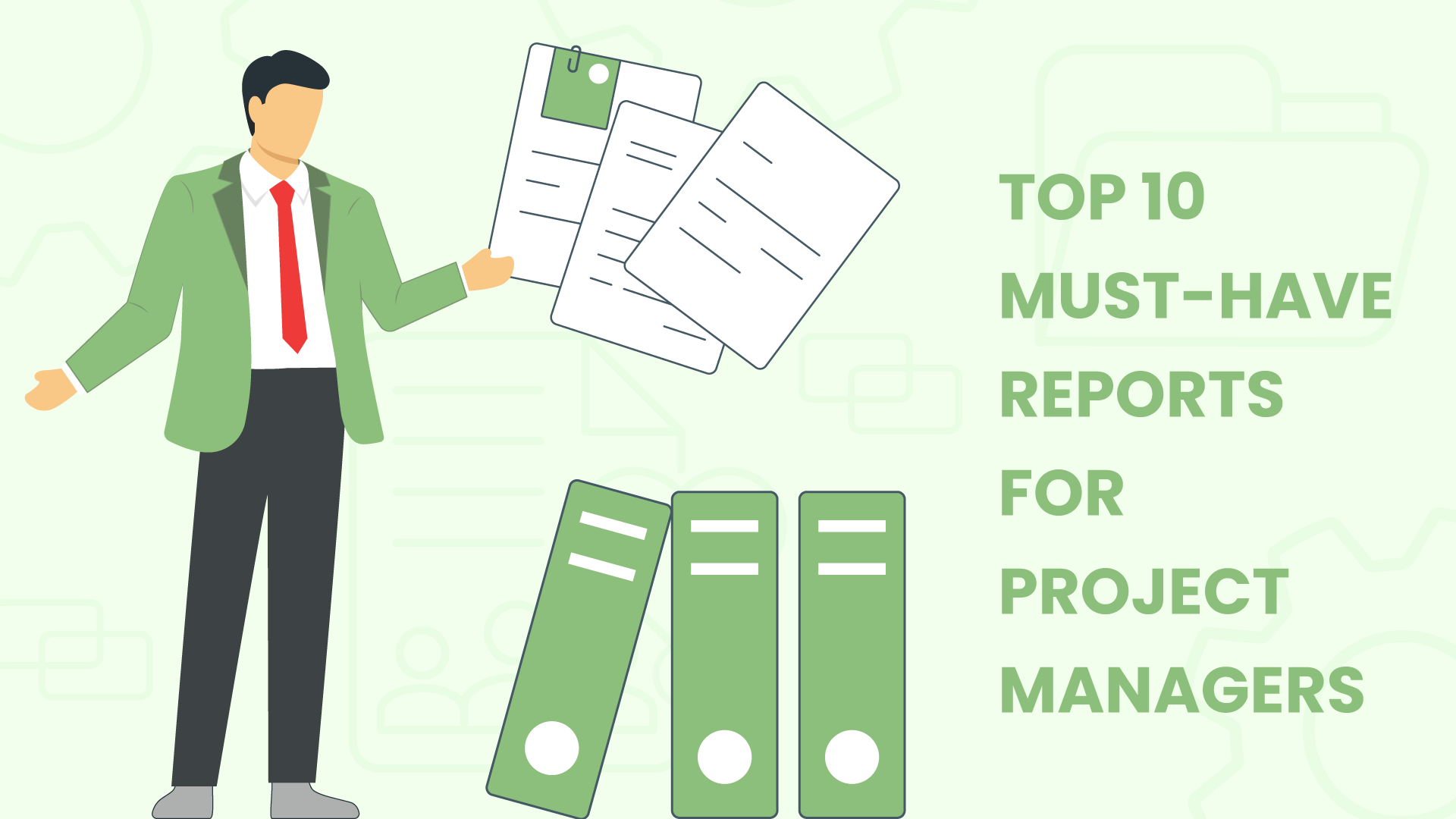

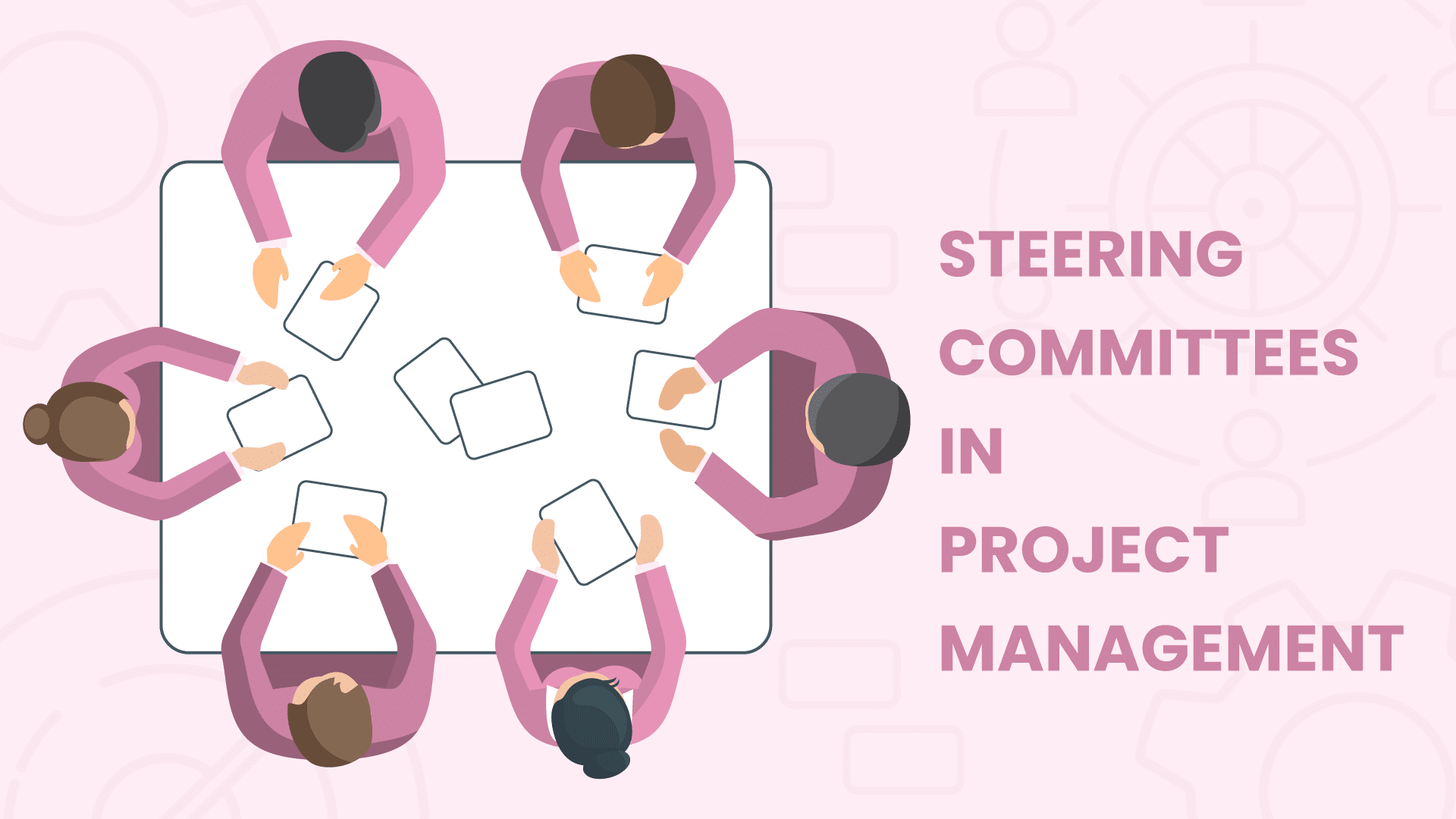



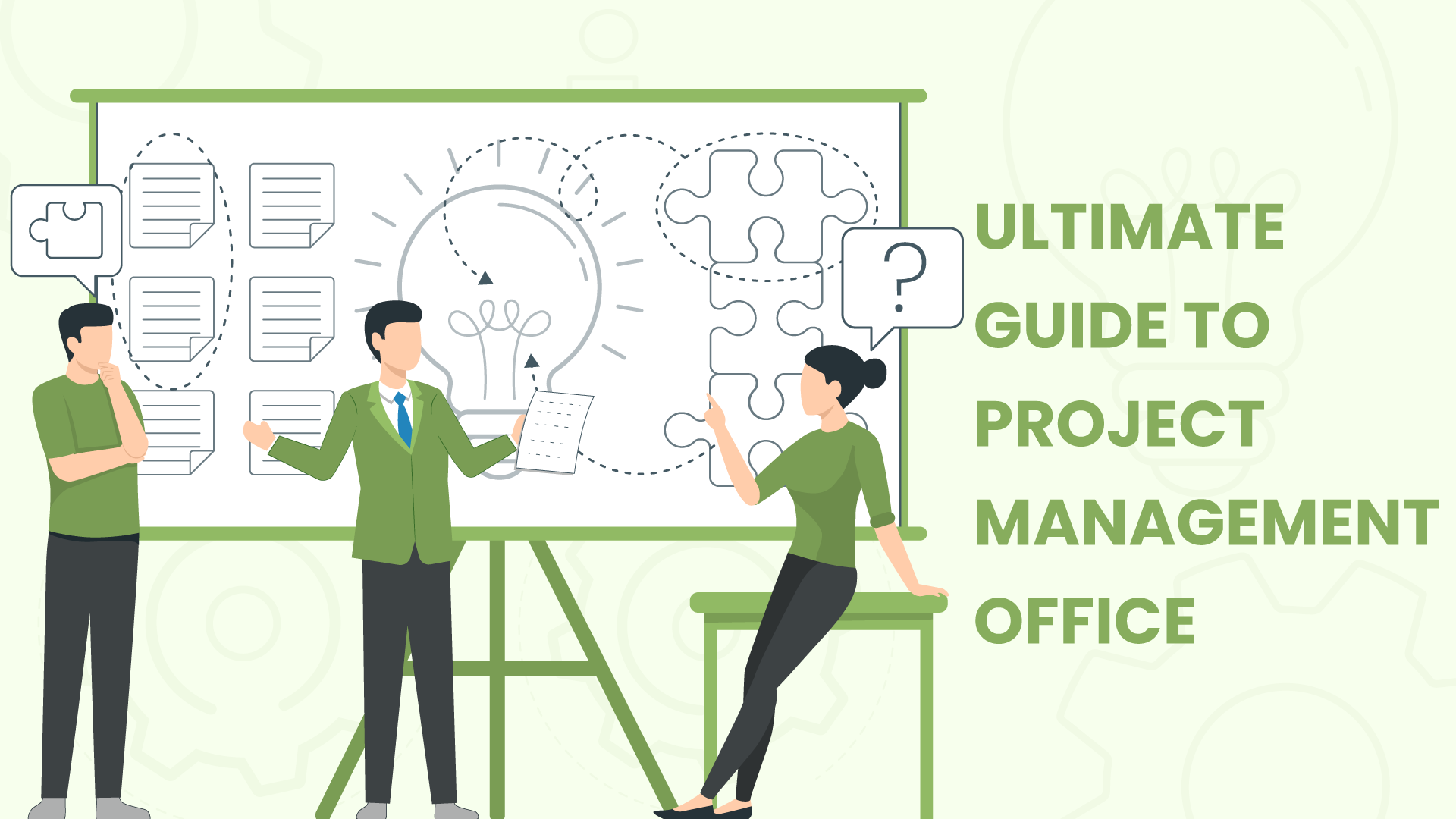
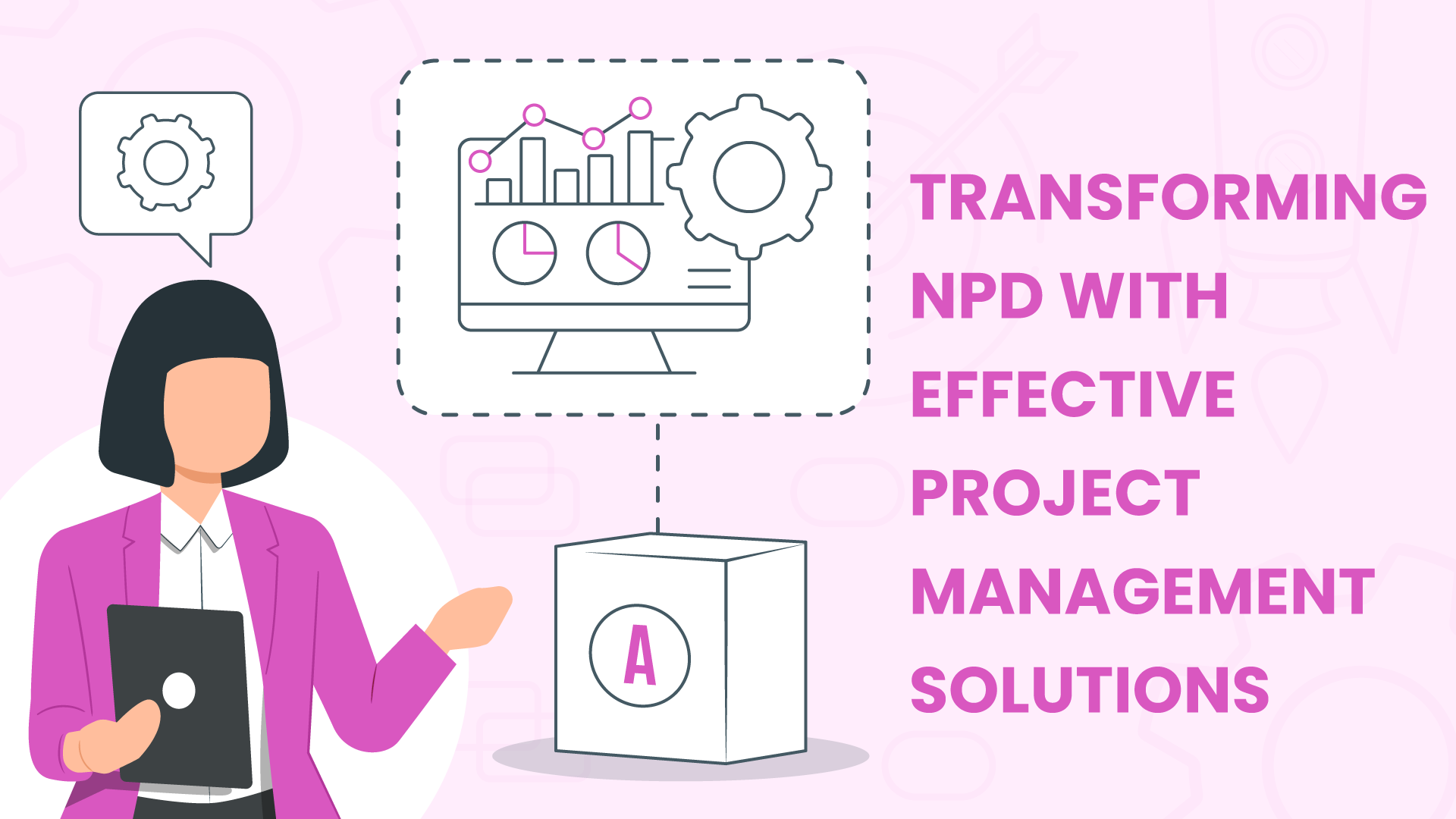

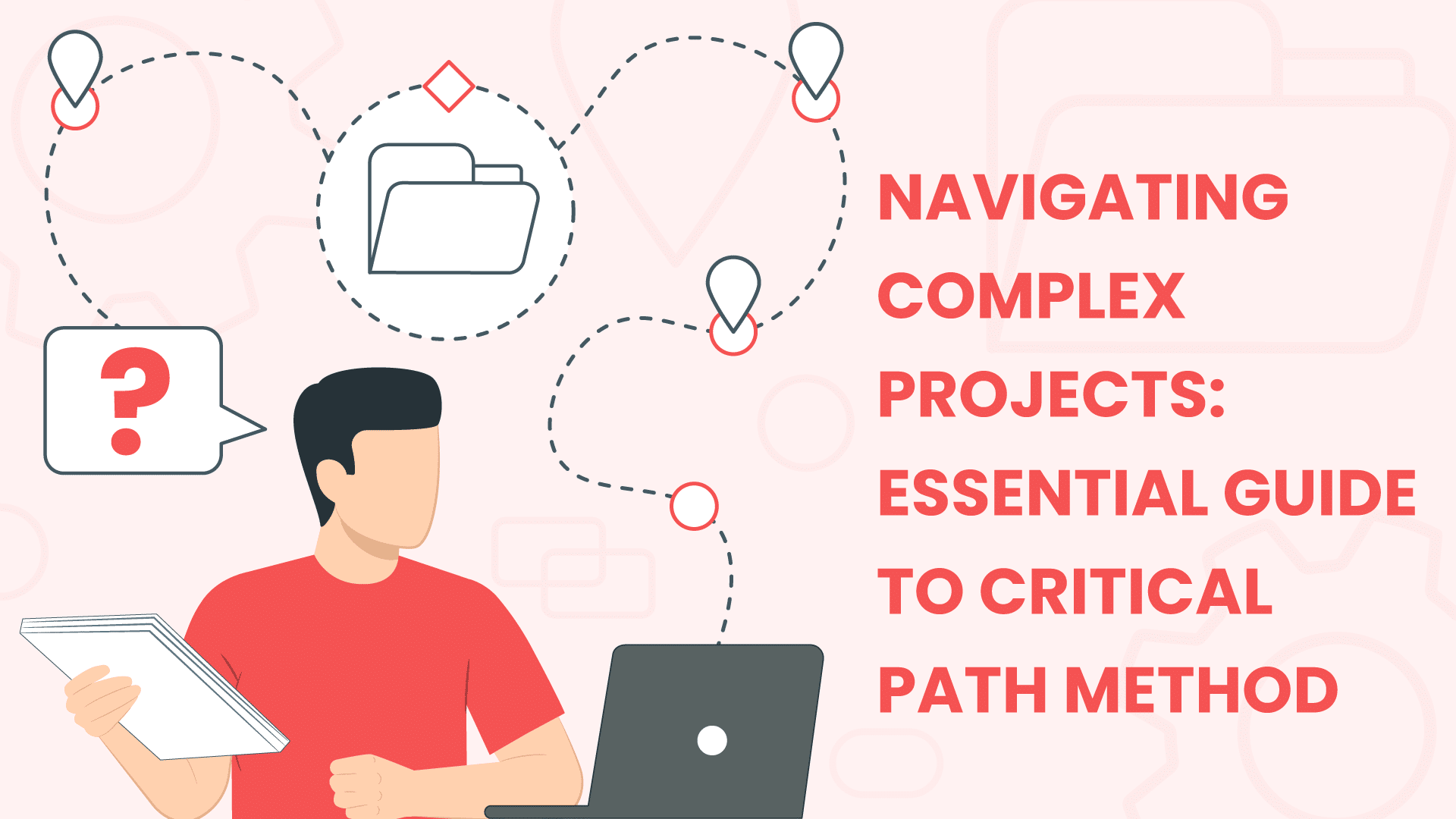





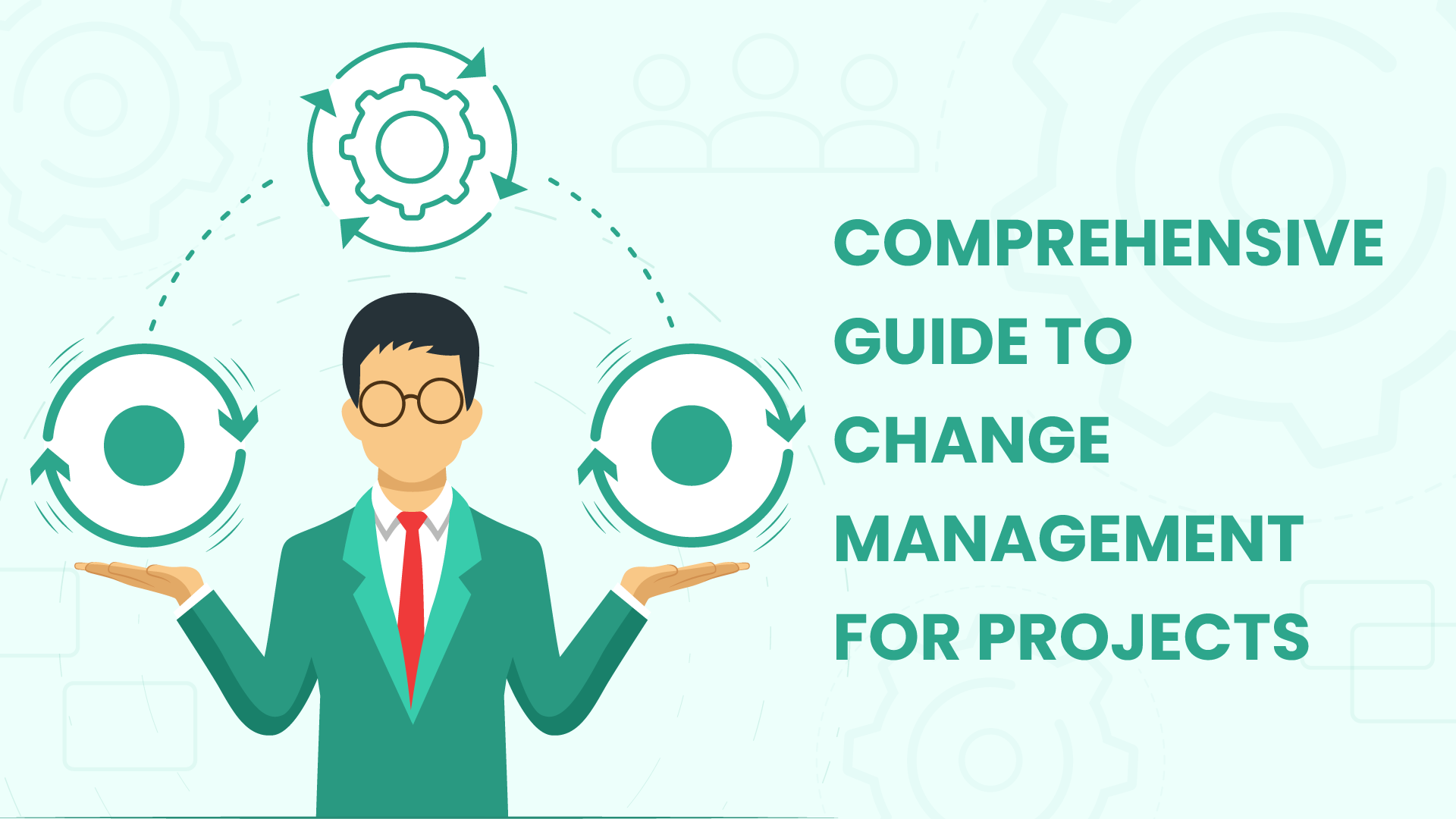
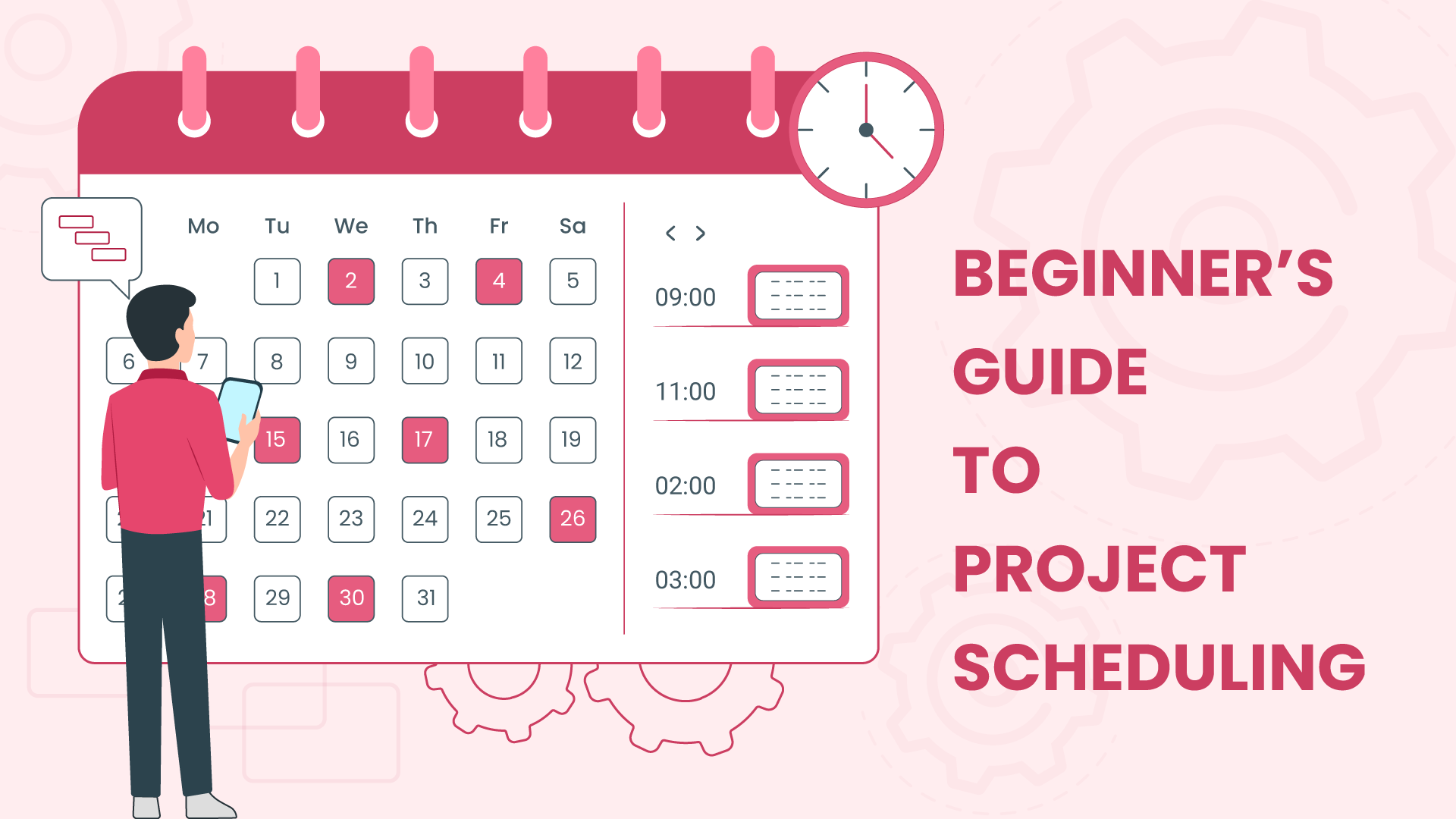
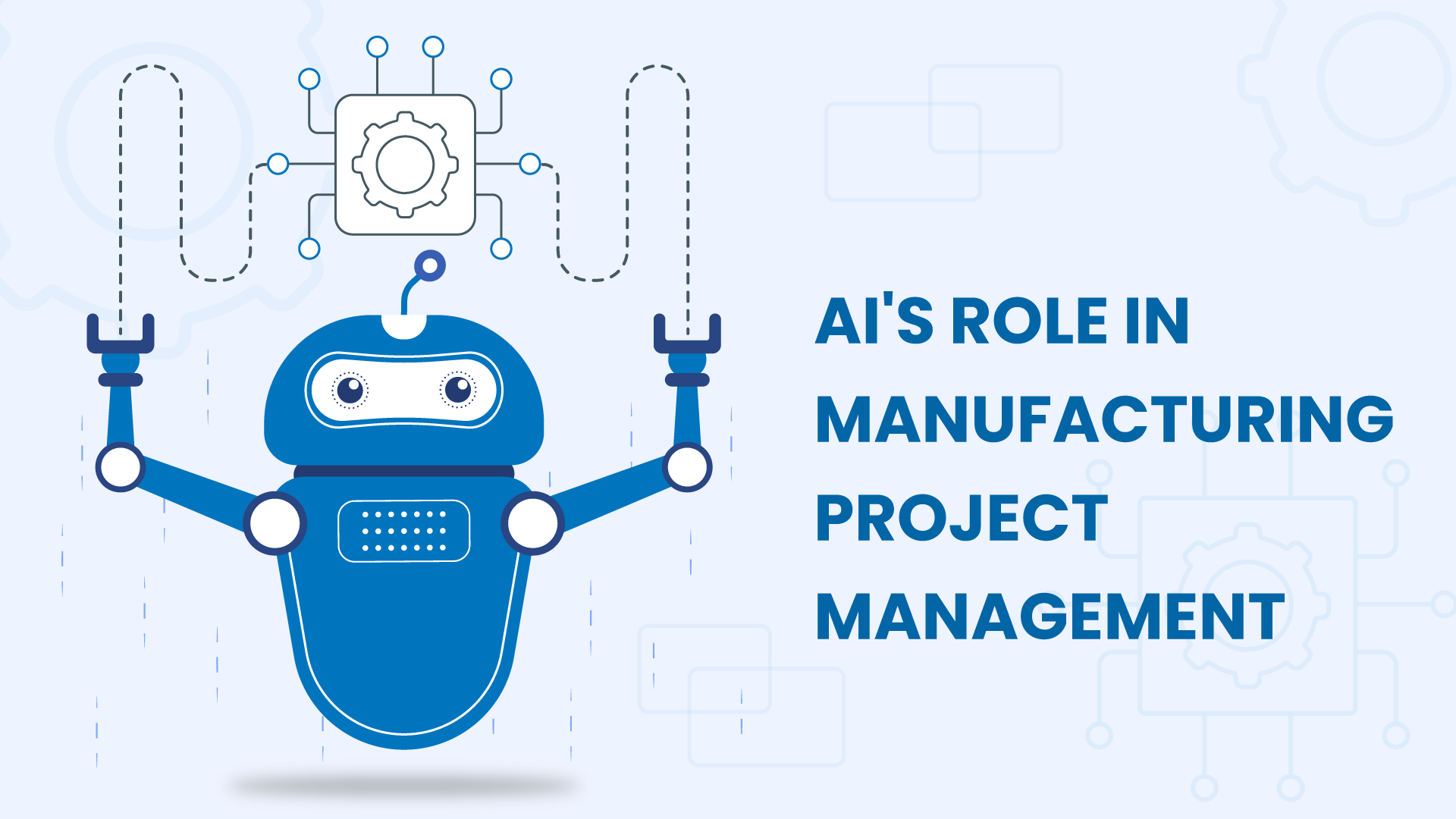



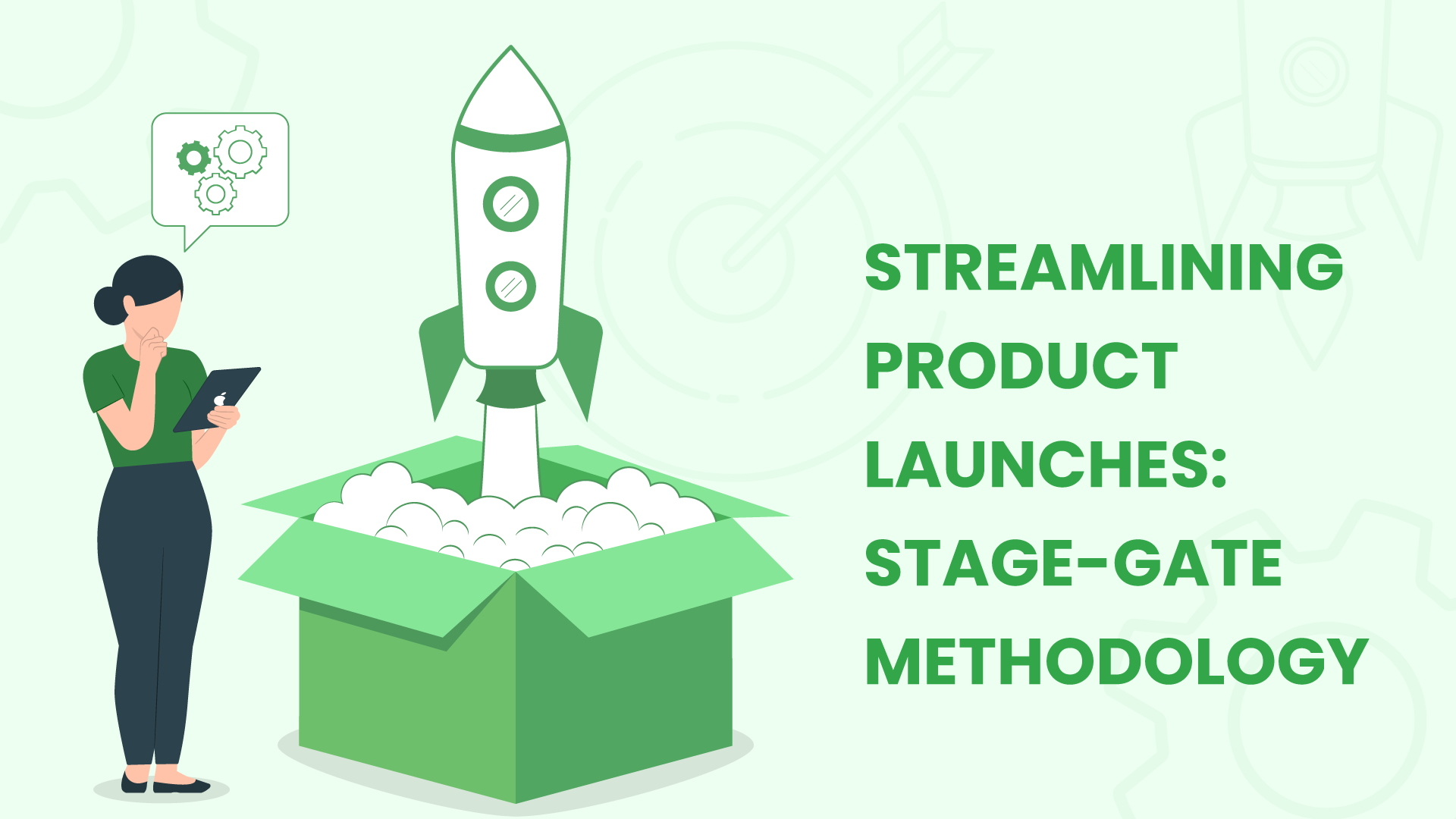
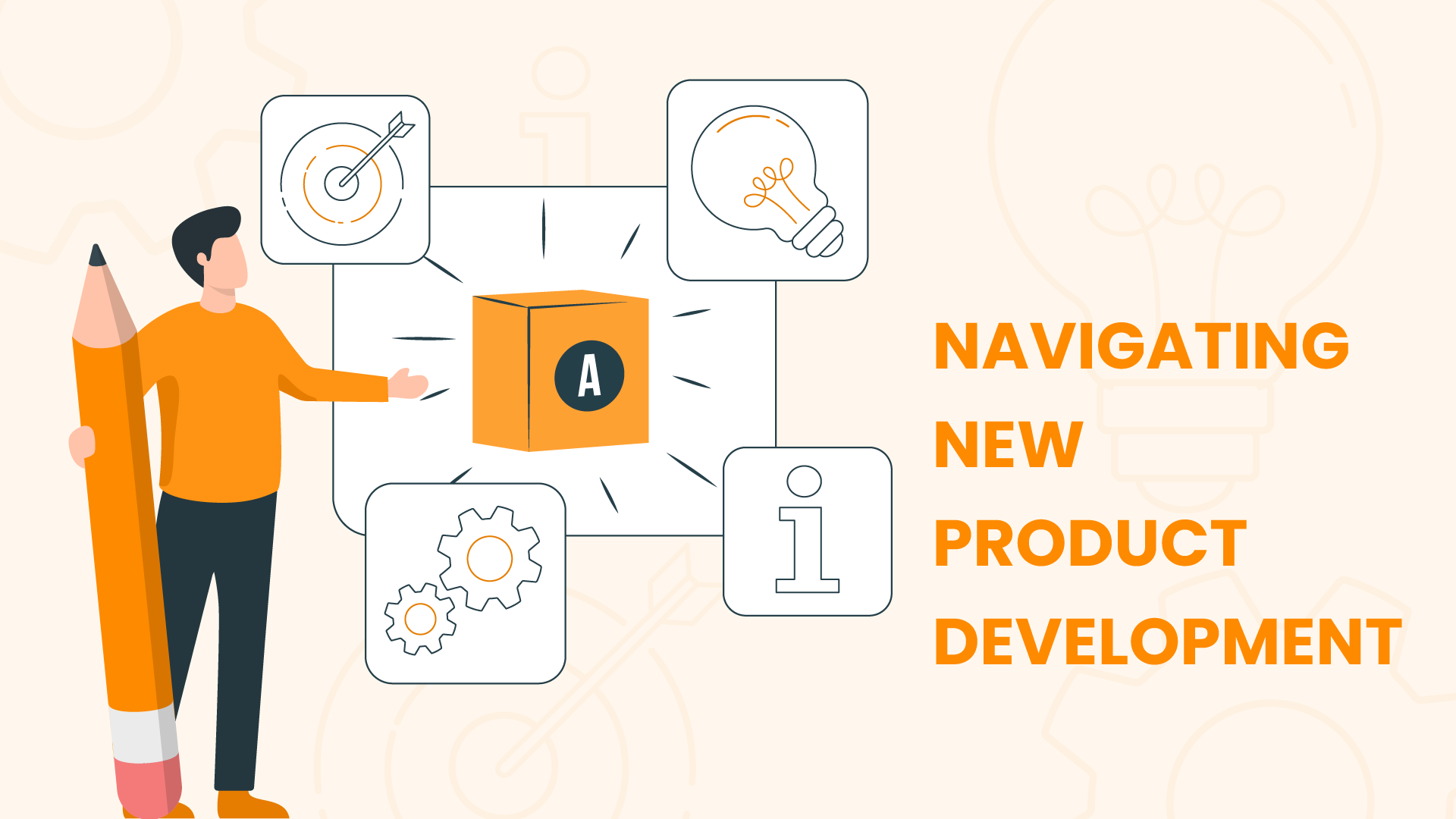





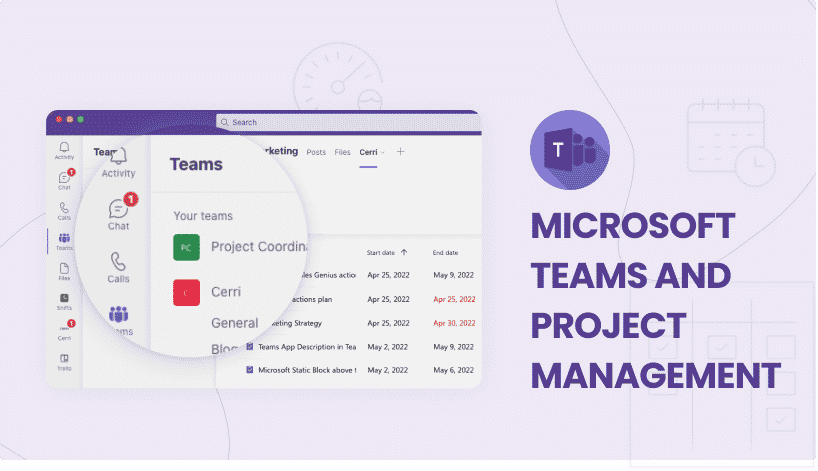




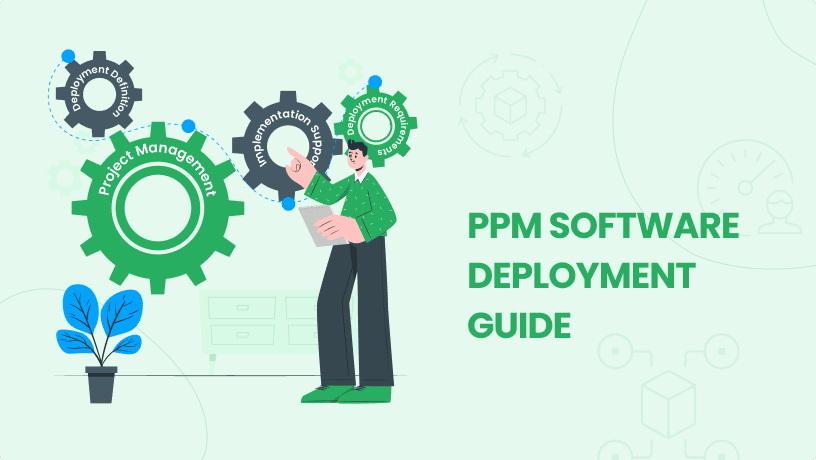
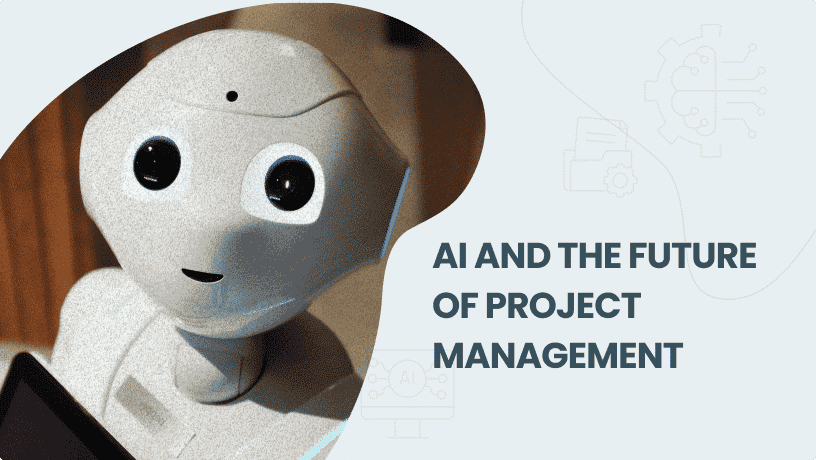
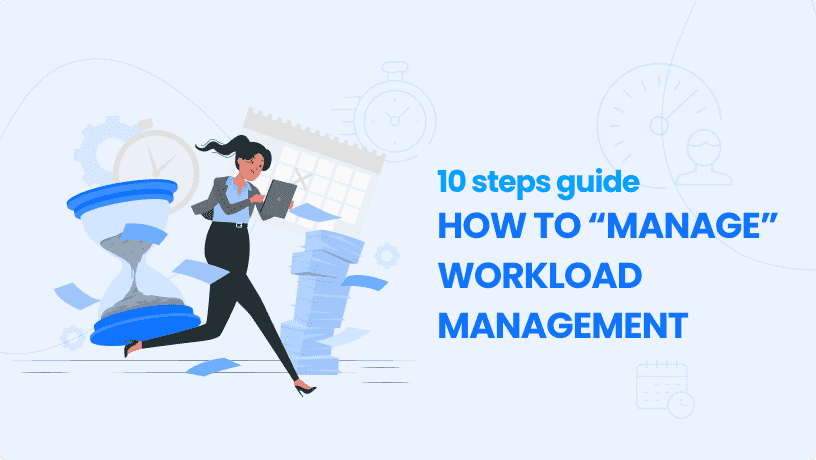






 Task Management
Task Management 

















 Customization
Customization
